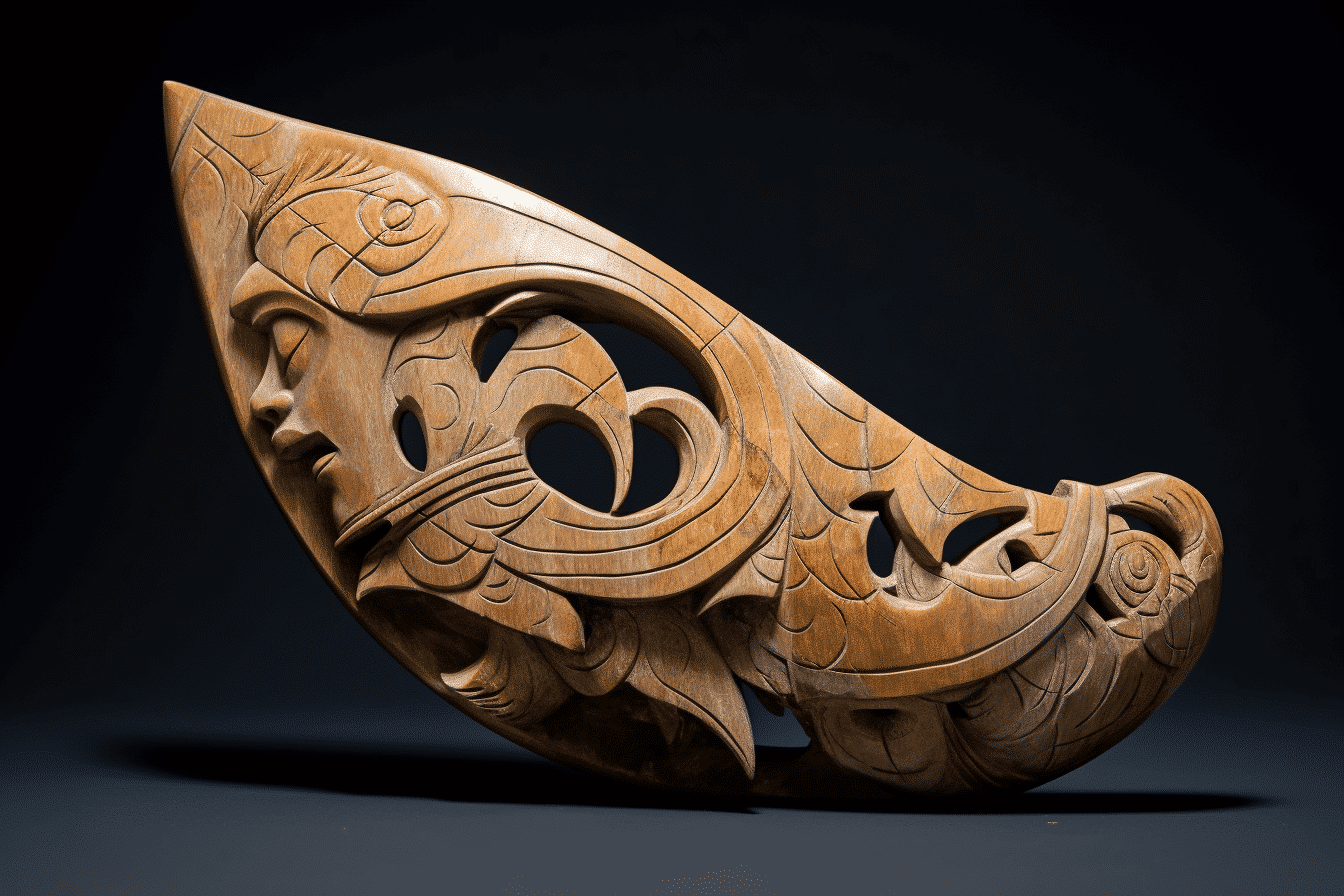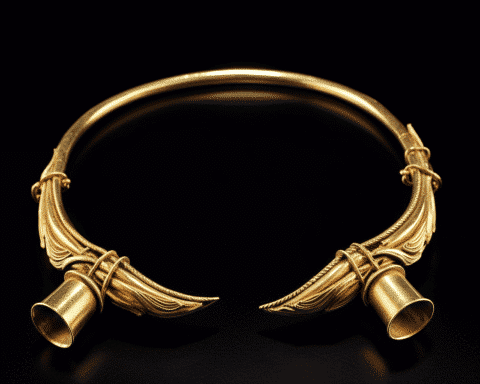In the historic ruins of Palenque, located in Mexico’s southeastern Chiapas state, archaeologists have uncovered a beautifully detailed nose ornament from the Mayan era, crafted from human bone. The artifact, shaped with a gentle curve and dimensions of approximately 2.4 by 2 inches, provides a glimpse into age-old mortuary customs. It is believed to have been adorned by Mayan priests in rituals representing the deity K’awiil, or God K, an entity synonymous with lightning, fertility, and prosperity.
“This is a vivid testament to the Mayan aesthetic values,” stated Arnoldo González Cruz, the head of the National Institute of Anthropology and History (INAH), the body responsible for the dig.
The piece originates from a fragment of the distal tibia, contributing to the ankle joint. Its surface carries etchings that allude to sacred dialogues with deities and forebears. The dominant engraving is of a Mayan male, side-facing, donned in ceremonial garb, with the Mayan emblem for “darkness” on his forearm. He holds a bundle, typical of Mayan burial motifs, and is flanked by a skull, as González Cruz elucidated.
During restoration activities at Palenque’s Palace, a pivotal structure in the ancient city now designated a UNESCO World Heritage site, the INAH crew chanced upon the ornament. It was ensconced in a believed ceremonial placement, dating between 600CE to 850CE, to honour the conclusion of architectural endeavours. Accompanying the bone were items like seeds, tiny animal bones, obsidian blades, and large charcoal fragments.
When adorned, this ornament would have perched on the nasal bridge, forming a linear design from the brow to the nose’s tip. This design, González Cruz suggests, was perhaps an homage to the elongated cranium of K’awiil, often symbolized as a maize ear.
This discovery marks the first instance of such a nose ornament in Palenque. Nonetheless, artistic representations of individuals donning similar items are evident on site — such as on the sarcophagus of the renowned 7th-century Mayan monarch Kʼinich Janaab Pakal and on a tablet showcasing Pakal alongside his mother.
The discovery of this unique nose ornament not only sheds light on the intricate artistry and deep-rooted traditions of the ancient Mayans but also reiterates the importance of continued archaeological explorations in unearthing lost chapters of human history. As we continue to delve into the ruins of Palenque and other ancient sites, each find serves as a tangible connection to our ancestors, reinforcing our understanding of the diverse tapestry of cultures that have shaped our world.




